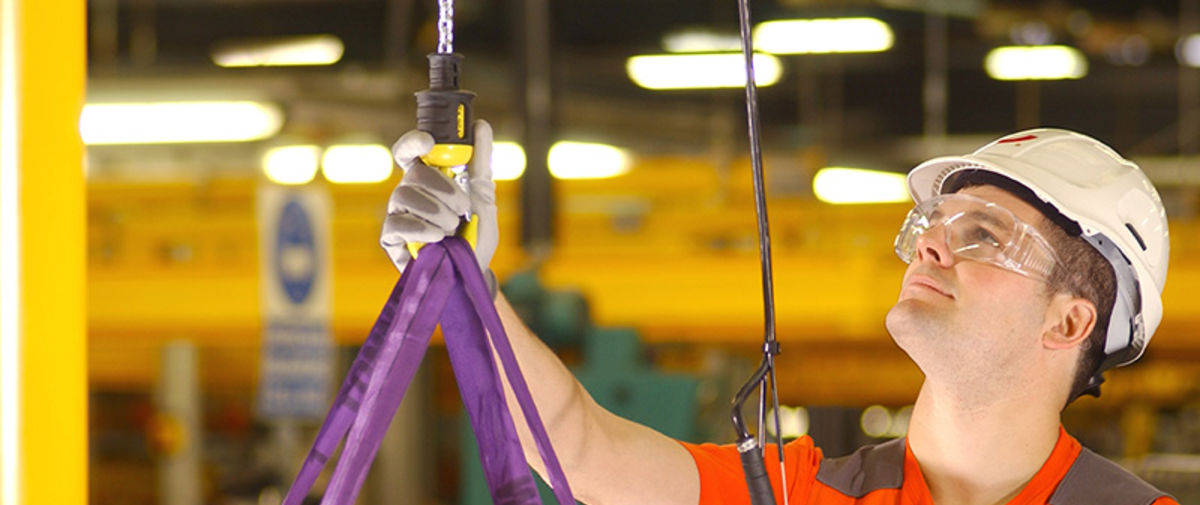Article
Crane safety techniques reduce risks of crane operation
Advances in crane safety technology have lowered the risks associated with crane operation, but proper crane safety techniques practiced by crane operators, maintenance personnel and other employees continue to be of critical importance in minimizing the incidence of accidents. Technology can go only so far in eliminating the dangers.
Human error continues to be a major cause of crane accidents. Human error may include factors such as failing to perform regularly scheduled inspections or maintenance, personnel entering restricted areas they are not authorized to be in, momentary inattention, and exceeding the rated load capacity of a crane.
Due to their power, cranes need to be operated with respect and knowledge. All personnel responsible for crane operation need to be properly trained in crane safety techniques and crane operation to assure safe handling of the equipment.
Those responsible for crane maintenance also must complete training in crane safety techniques – particularly in how to conduct regular safety inspections.
Crane safety techniques for crane operators include being trained in the specific crane model or models that he or she is to use.
The crane operator also must be knowledgeable and proficient in safely rigging the crane, know how to maintain control of the load at all times, and be able to recognize potential hazards and know how to avoid them.
Other crane safety techniques that should be included in training include ways to control load swing, the primary rules of safe crane operation, understanding and ability to demonstrate all hand signals, precision lifts and accurate load spotting, and ability to identify and understand all major crane components and assemblies.
